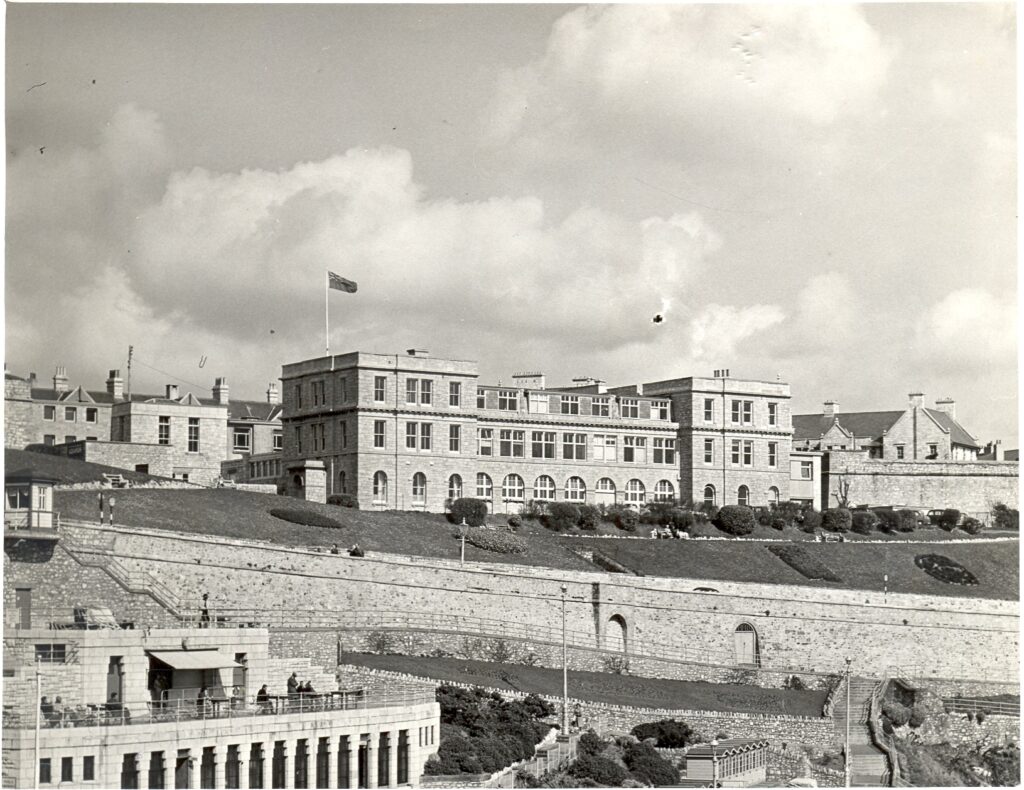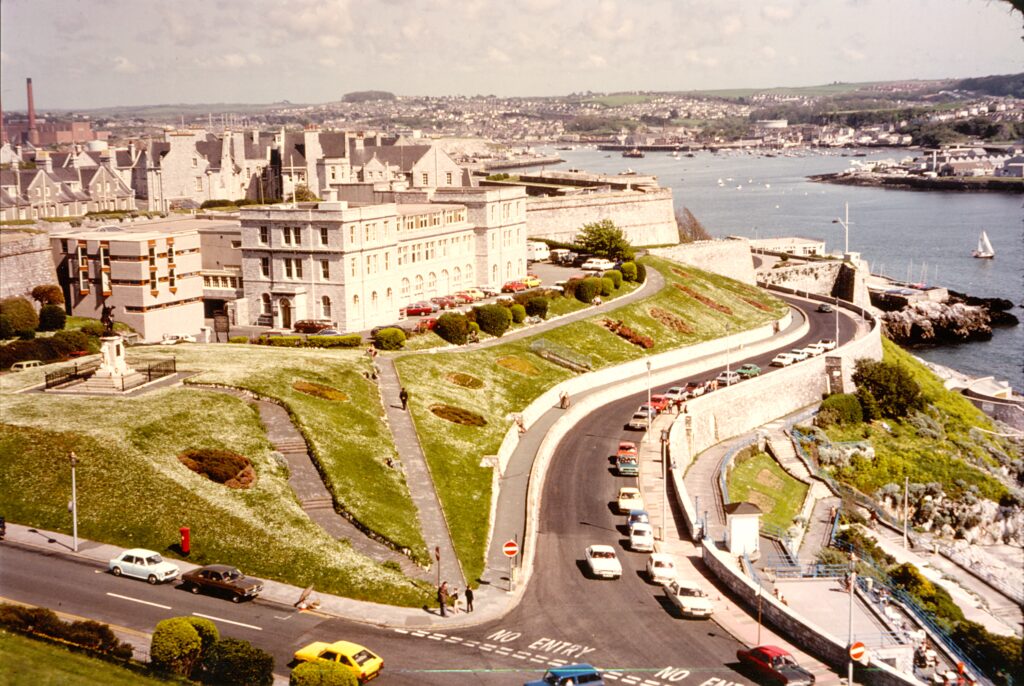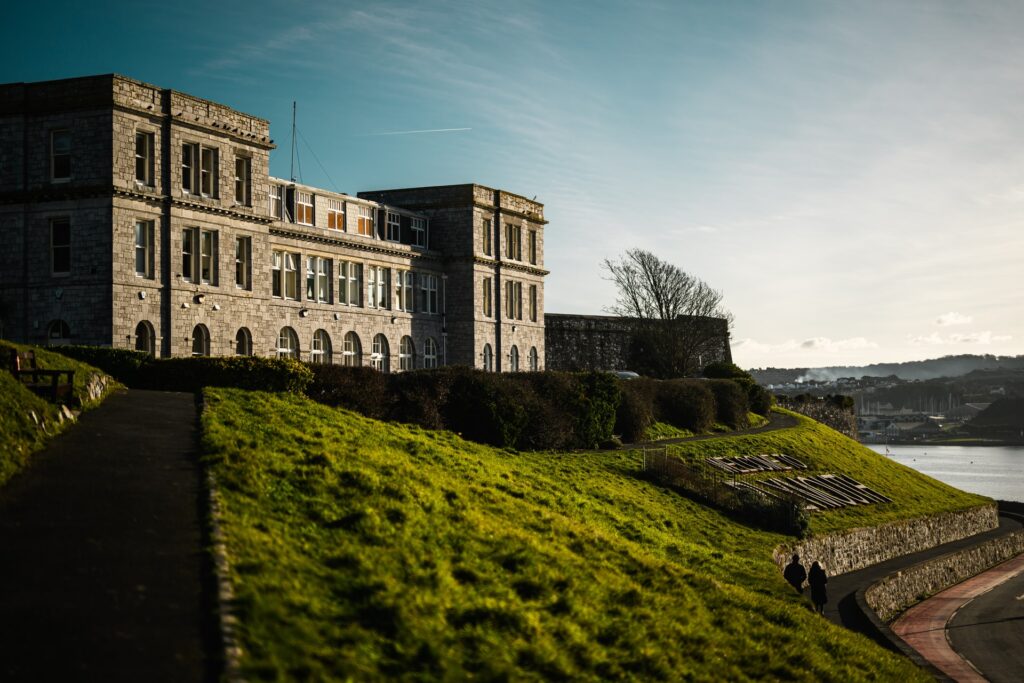As the Marine Biological Association (MBA) celebrates its 140th anniversary, we continue to be a leading voice in marine science and conservation, driving positive change for our ocean and the future of our planet.
Throughout its long-standing presence overlooking Plymouth Sound National Marine Park, the MBA laboratory at Citadel Hill has been at the forefront of ground-breaking research and scientific discoveries.
Solving fish scarcity
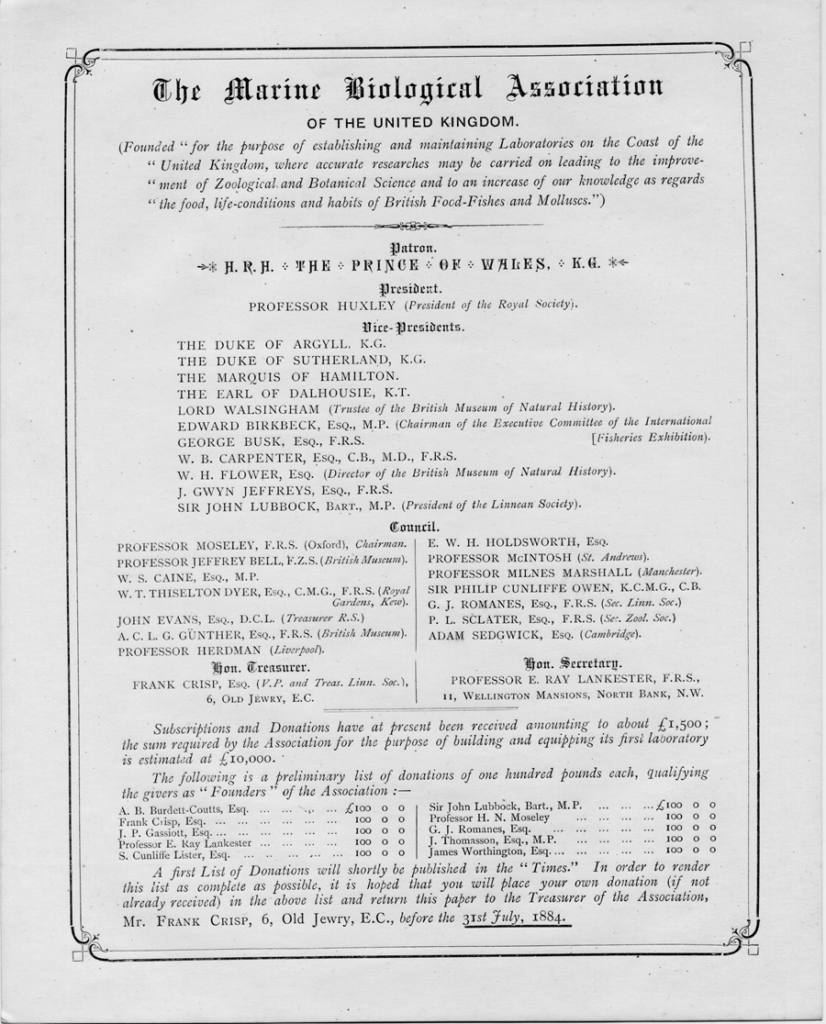
Concerns on overfishing and potential scarcity of fish around the UK coastline were raised by scientists in the late 1800s. As a result, the Royal Commission on the Sea Fisheries was formed in 1883 with an objective to establish a British Marine Laboratory that could bring marine scientists together and address the problems of exhausted fish supplies.
The pivotal aims of the Association were to focus on the physiology of invertebrate animals and investigate fish and shellfish populations which may be impacted by the fishing industry.
Founder and former MBA President Sir Edwin Ray Lankester KCB FRS said: “If man removes a large proportion of these fish from the areas which they inhabit, the natural balance is upset and chiefly in so far as the production of young fish is concerned.”
The home for marine biology research
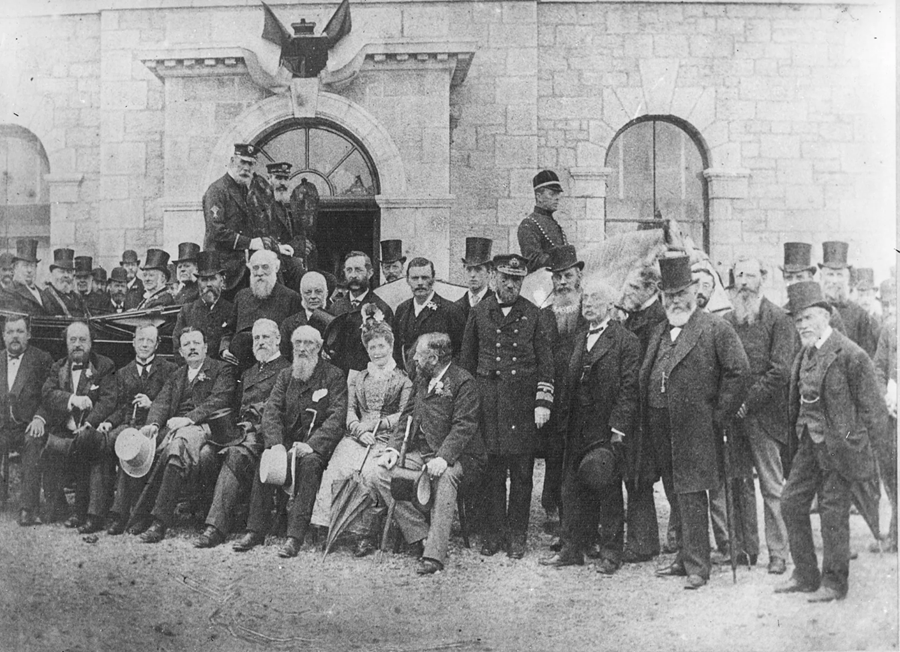
Sir Edwin Ray Lankester envisaged a laboratory close to the coast and home to a research aquarium with access to a seawater pipe system and specialised laboratories and equipment. This ultimately led to the formation of the Marine Biological Association in 1884 and construction of the new purpose-built building at Citadel Hill in Plymouth.
The building which was opened in 1888 was constructed from Devonian limestone containing marine fossils. The ground floor was home to the former public aquarium (now the National Marine Aquarium) with research accommodation on the floors above.
The building would contain tank rooms and apparatus for the circulation of sea-water and laboratory accommodation for up to ten temporary visitors as well as a resident Director and assistant.
Sir Lankester said: “Bit by bit a new and thorough knowledge of fishery-animals would be built up, and come into use as the basis of new legislative enactments, and of new methods of capture and culture.”
In 1902 an MBA laboratory was set up in Lowestoft, which later went on to be become Cefas (Centre for Environment, Fisheries and Aquaculture Science).
Meeting science needs
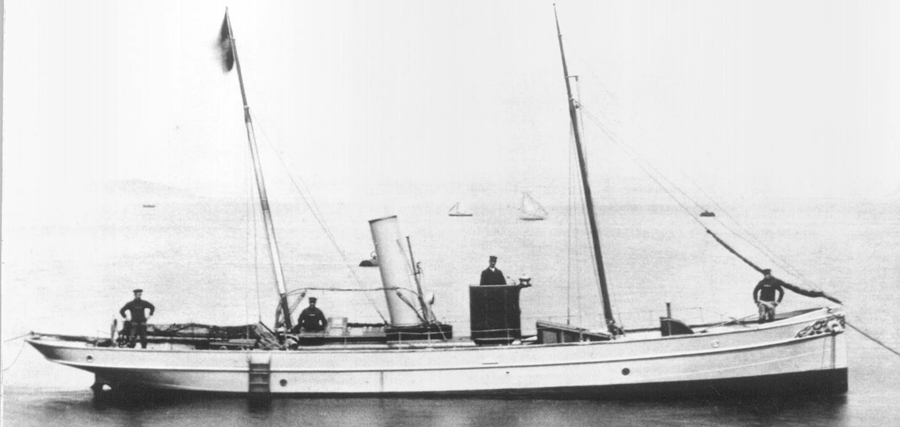
Good research would demand good library facilities. A public appeal was made in 1887 for gifts of books and periodicals and a small library committee was formed which later became known as the National Marine Library (NMBL). In 1887 the Journal of the Marine Biological Association (JMBA) was formed and soon become one of the leading scientific journals published in Britain.
The MBA owned its first Research Vessel, the fully-decked and reliable 60-foot-long steamboat Busy Bee in 1896 and was used for courses and research purposes. The MBA’s Research Vessels and their Crew have been an integral part of the long-term investigations carried out in the Western English Channel ecosystem, supporting a wide range of research at the MBA since 1896. Find out more about our Research Vessels throughout the years by visiting Our History timeline.
In 1919 the MBA established the Department of General Physiology to foster the study of invertebrate physiology. Increased laboratory space and improved finances enabled the MBA to expand on the facilities, and the North Building extension was completed in 1926.
Destruction from World War II
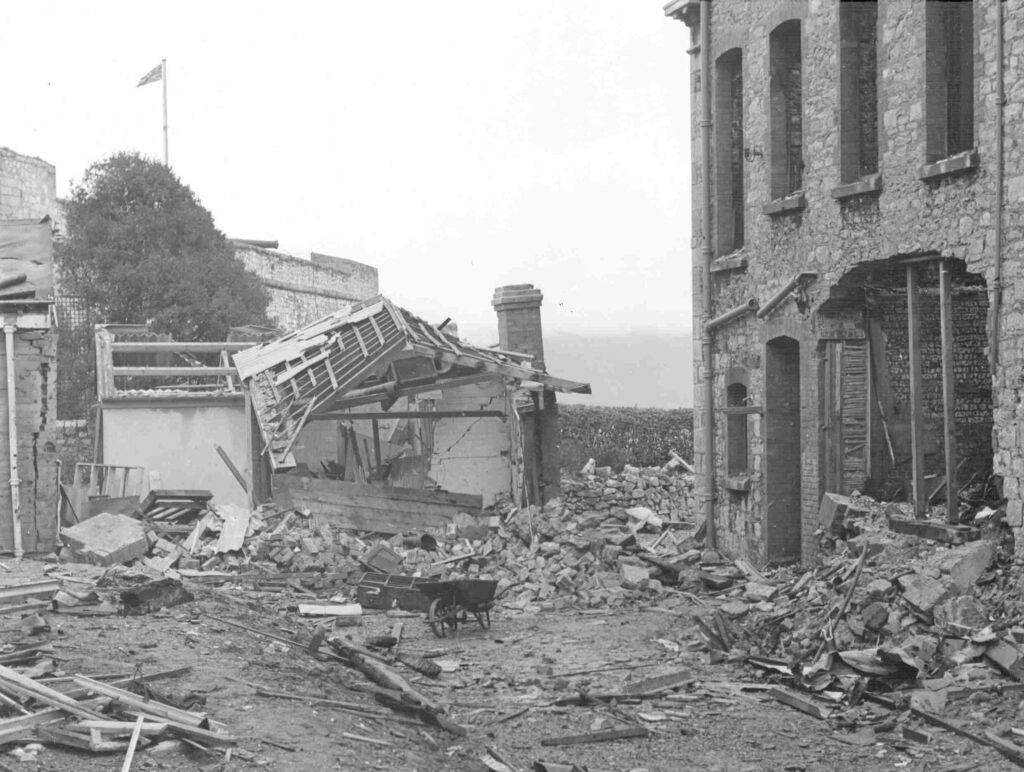
In the spring of 1941 came a series of devastating air attacks that destroyed the centre of Plymouth. At first the Laboratory was only shaken by the blast, but on March 20 a bomb severed the main freshwater supply and the south building was hit by a stick of incendiary bombs accompanied by a small high-explosive bomb.
The blast from the bombing caused a large fire in the building, but the MBA Director Dr Stanley Kemp was prepared to let his own possessions and property go to save the Laboratory.
In his efforts to prevent the fire from spreading, molten lead from the flat roof had fell on his head, with a ‘pound or two of congealed lead on the back of his mackintosh.’ His burns were treated and the Director’s jacket is now ceremonially handed down from each Director to the next.
It was said by the staff of the time, “We were all amazed…before the ashes had barely cooled Dr Kemp was already planning for the future, the future of the Laboratory, not his own.”
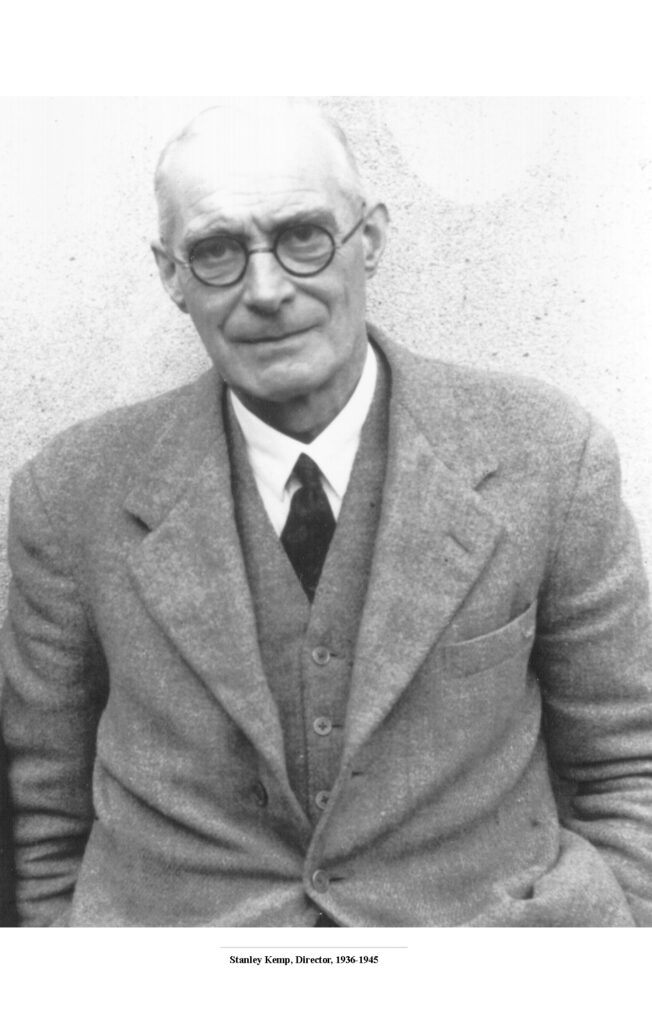
The explosive bomb badly damaged the Director’s residence and caused destruction inside the chemistry and physiology rooms in the north building. Miraculously the library survived these nights of terror, but the decision was made to move the collections to the comparative safety of one of the outbuildings.
With the building damaged and the library removed, little laboratory work could be achieved. However, field work was still possible and gradually after the air attacks lessened, essential repairs were carried out by MBA maintenance staff.
Seawater Life Support
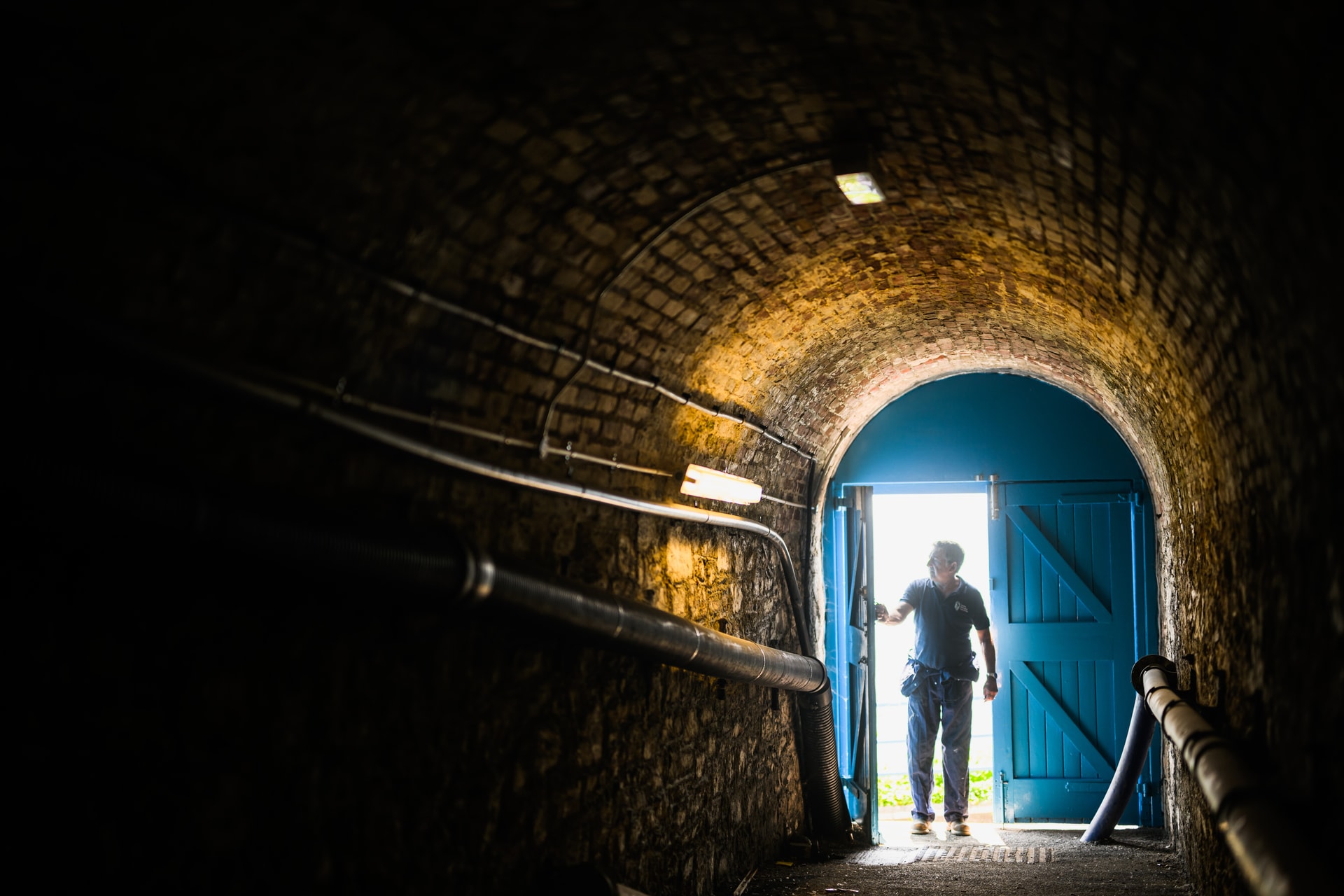
A seawater system inspired by the works of Professor Anton Dohrn of the Zoological Station at Naples, the Crystal Palace and Brighton Aquariums was created to supply seawater to the Research Aquarium.
Fresh, unfiltered seawater is pumped from Plymouth Sound into the Research Aquarium reservoirs, where it is re-circulated before being returned to sea.
Now plans are underway to replace the old pipe system with a new Seawater Life Support intake line.
The underwater intake line will not only support the flourishing marine life in Plymouth Sound, but also provide a vital channel for seawater to the Research Aquarium.
Delving into the microscopic world
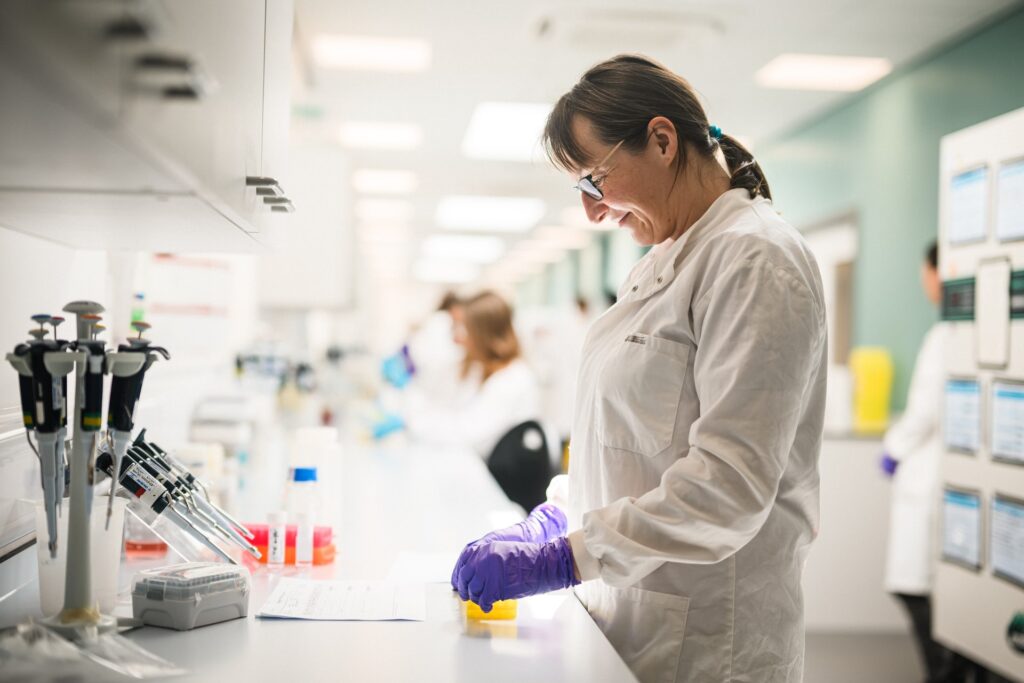
The MBA has a long and rich history of studying marine microbial life, exploring the local waters around Plymouth, the open ocean and polar regions, and investigating the many ways that marine microbes maintain a healthy and functioning earth system.
Proposals were made to create a new microbiome centre which consolidates the work of several MBA marine microbial researchers, create exciting opportunities for new researchers and collaborations and provide training for students and the next generation of marine microbiologists.
The Marine Biological Association was awarded £1.35 million Wolfson Foundation grant toward a new Marine Microbiome Centre of Excellence (MMCE). Garfield Weston Foundation kindly agreed to support the MMCE with a transformational award of £400,000.
This world-class research centre which officially opened in 2023 provides new facilities for scientists to analyse the vast and varied microscopic world in our ocean and help us understand its health and the impacts of climate change using world-class technology.
MMCE funding also contributed to the redevelopment of the Ecology Labs and CPR analyst labs with offices and laboratories combined to create a flexible wet lab. The spaces provide facilities for our scientists researching benthic ecosystems and environmental change, biodiversity and climate change, non-native species, and the Darwin Tree of Life project.
Plans for the future
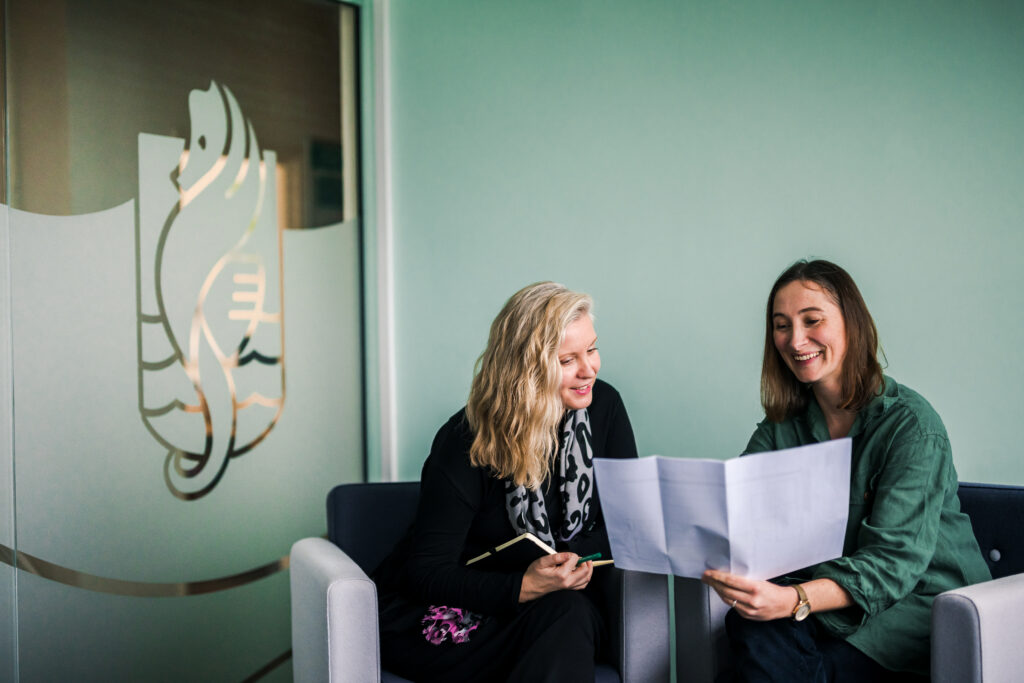
With the MMCE complete, plans are now underway to transform the front of the site. The new building will link our existing buildings, providing improved accessibility with direct lift access to all floors. The linked building will open up the building to a wider audience, reaching out to Members and the public through our library collections, meeting and training space.
As the voice for marine biology, we have a responsibility to address some of the most challenging issues our ocean and society face today. In 2023 the MBA launched the Support Us campaign of our website.
With the launch of these fundraising pages; MBA supporters and individuals passionate about marine science and conservation can now contribute directly to the association’s important work.
To learn more about the campaign and make a contribution, please visit our dedicated page.
Support Us